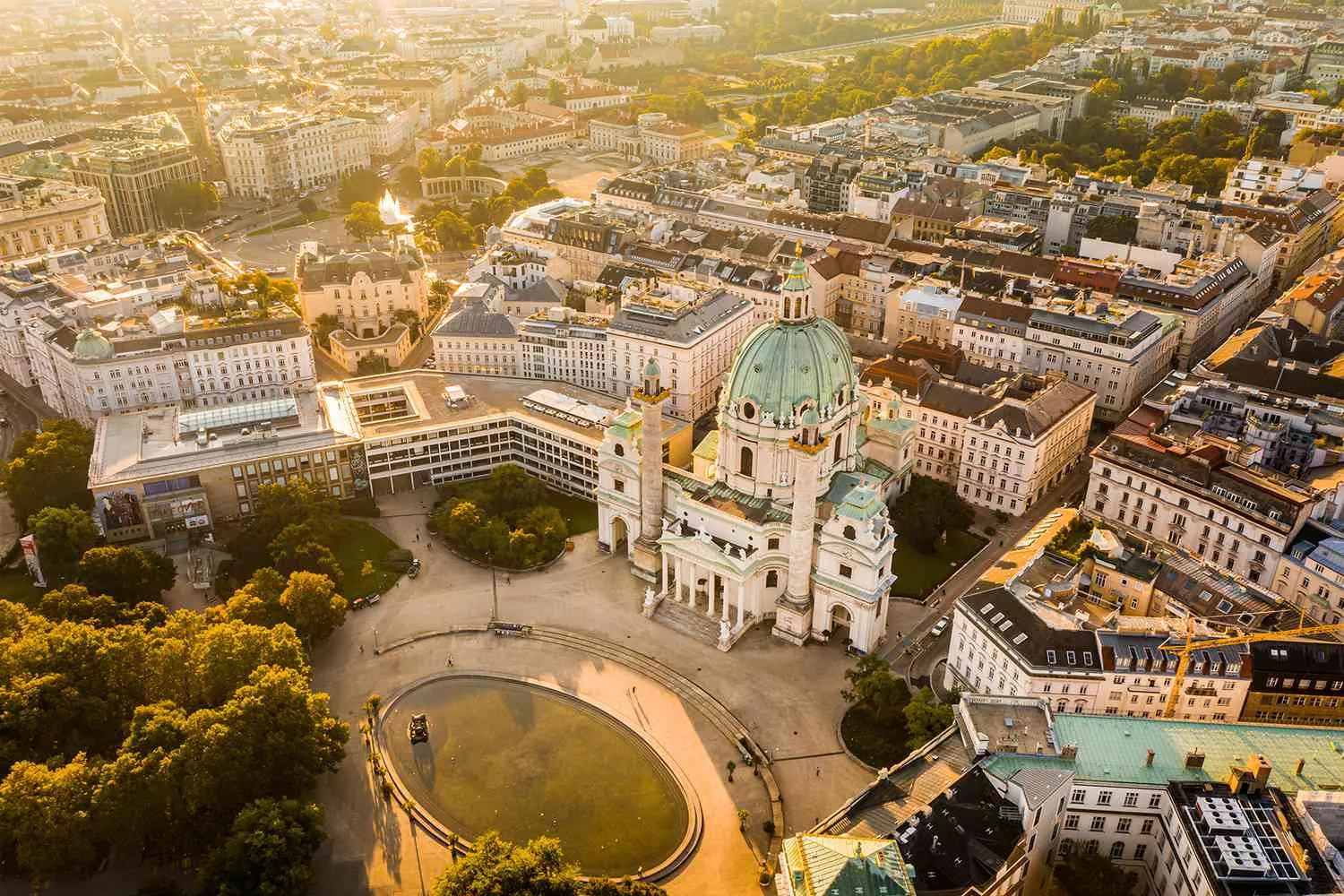Overview of Vienna

Nestled in the heart of Europe, Vienna, Austria’s magnificent capital, is a city imbued with an undeniable charm, steeped in cultural heritage, and crowned with timeless architectural splendor. Known as the “City of Music” and renowned for its historical significance as the seat of the Habsburg dynasty, Vienna blends imperial grandeur with modern vibrancy. From its Baroque palaces to art-filled museums, Vienna offers an array of experiences that transport its visitors through time and culture. The city’s picturesque streets, lavish coffeehouses, and world-class music performances make it a treasure trove for history buffs, art lovers, and wanderlusters alike.
Exploring Vienna’s attractions is akin to walking through a living museum where each corner tells a unique story. Whether you’re wandering through its iconic imperial palaces, admiring Gustav Klimt’s masterpieces, or enjoying the serene charm of its parks and gardens, Vienna remains an enchanting destination that captures the spirit of European sophistication. This article will guide you through the 21 best things to do in Vienna, offering both iconic highlights and hidden gems, ensuring a fulfilling exploration of this timeless city.
1. Explore Schönbrunn Palace and Gardens
